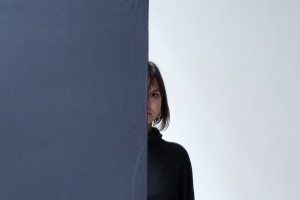The multiple modern democracies are riding herd, between political correctness and more theoretical efforts of ethical universalism, on a topsy-turvy world marked by the presence of armed confrontations, hybrid wars for territories, markets, oil, etc., delivering geo-political histories full of suffering for both man and the life of the planet.
In the rush for immediate prosperity, one forgets that the Earth, as a living organism, has a limited degree of endurance, and that the wounds we cause it can end up destroying us and the world we live in.
I believe that this state of affairs has helped diversify the concepts and artistic practices originally stemming from Land Art. The aesthetic, introverted, or demiurgic dimension in the relationship between artist and nature and reflected in the 1960s and 1970s environments has become increasingly participative-militant, centered on lived-and-relational aesthetics in contemporary art. Over the past two decades, many critical studies, performative actions, site-specific urban installations made with natural and recyclable materials, abandoned industrial spaces turned into green cultural areas, media works and transdisciplinary exhibitions have been aimed at raising awareness, education and action to protect the environment and quality of life in the globalized digital age.
In this vein, a visionary, complex, and emblematic event was held in Karlsruhe in 2015 at the ZKM (Zentrum für Kunst und Medientechnologie). I am talking about the Globale project, a concept by Peter Weibel, which included a series of exhibitions whose themes analyzed the effects of globalization in the digital era and presented, from an anthropological and geo-political perspective, the histories of humanity in the process of forging a new identity, more responsible for the fate of the planet.
Hybrid groups of artists, scientists and sociologists, carry out in situ or virtual multimedia projects, engage in debates, think holistically starting from heuristically possible assumptions in search of models of living and cohabiting with reality in a postcolonial and posthuman future.
Eco-Art, in this context, blends forms of art, generates attitudes, a constructive way of thinking, of imagining a world. It provides a home for the living.
Text by Marilena Preda-Sânc
Translated by Roxana Ghiță
POSTED BY
Cristina Bogdan
Founder and editor-in-chief, between 2014-19, of the online edition of Revista ARTA. Co-founder of East Art Mags, a network of contemporary art magazines from eastern and Central Europe. Runs ODD, a s...
www.evenweb.org